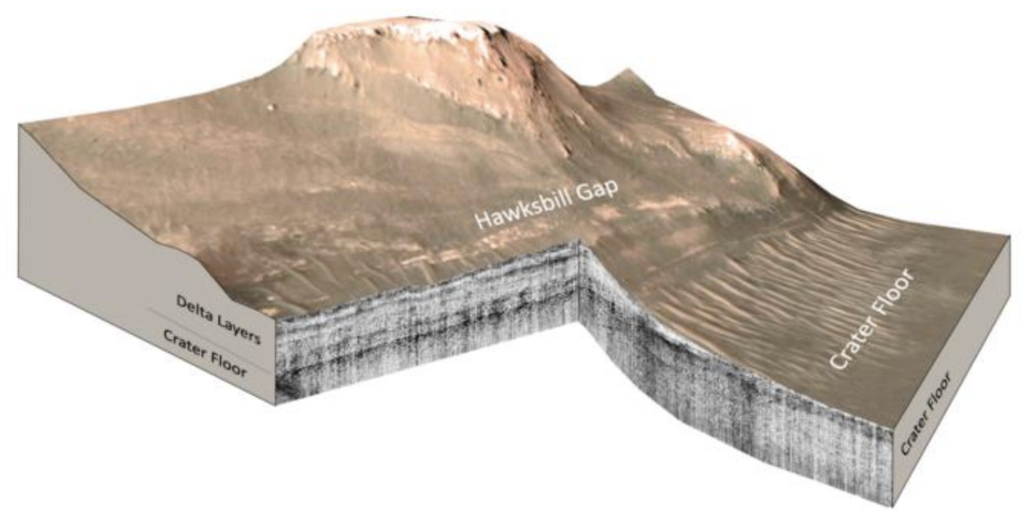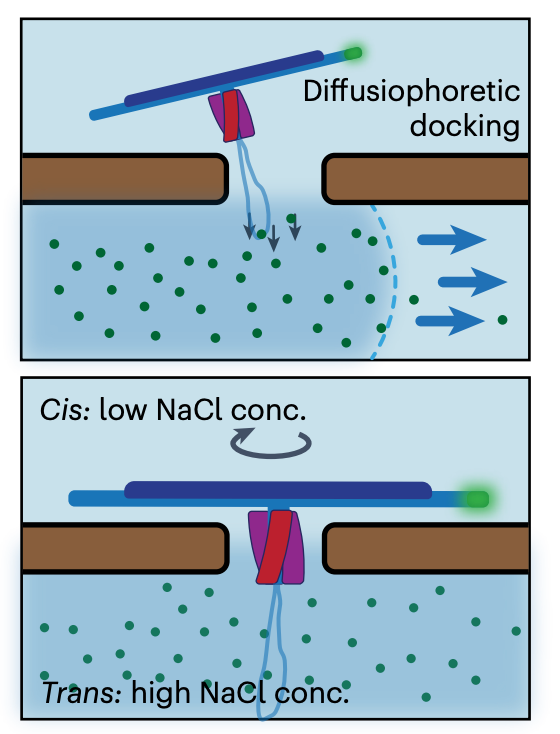“The first human received an implant from @Neuralink yesterday and is recovering well. Initial results show promising neuron spike detection,” Elon Musk said Monday on X.
So how significant is this news?
“Whilst there are many companies working on exciting products, there are only a few other companies who have implanted their devices in humans, so Neuralink has joined a rather small group,” said Professor Anne Vanhoestenberghe, Professor of Active Implantable Medical Devices at King’s College London, writing in Expert reaction to Elon Musk reporting Neuralink has implanted wireless brain chip in a human by Science Media Center on Jan. 30.
“I expect Neuralink will want to give the participant time to recover before they start training their system with the participant,” Vanhoestenberghe said. “We know Elon Musk is very adept at generating publicity for his company, so we may expect announcements as soon as they begin testing, although true success in my mind should be evaluated in the long-term, by how stable the interface is over time, and how much it benefits the participant.”
Remote control by just thinking
“This study involves placing a small, cosmetically invisible implant in a part of the brain that plans movements,” Neuralink’s website reads. “The device is designed to interpret a person’s neural activity, so they can operate a computer or smartphone by simply intending to move—no wires or physical movement are required.
“It enables control of your phone or computer, and through them almost any device, just by thinking. Initial users will be those who have lost the use of their limbs. Imagine if Stephen Hawking could communicate faster than a speed typist or auctioneer. That is the goal.”
Telepathy
Musk nicknamed the implant as “Telepathy,” leading to some interesting speculations on X. Musk may have been inspired by an idea presented at TED 2014 by Ray Kurzweil: “We’ll have nanobots that… connect our neocortex to a synthetic neocortex in the cloud… Our thinking will be a … biological and non-biological hybrid.”
Kurzweil’s imaginative idea was explored in a 2019 paper, Human Brain/Cloud Interface (188,575 views), which focused on possible future “neuralnanorobotics” technologies. (“Full disclosure: I was co-lead author of that paper.”—Amara Angelica.)
Meanwhile, Neuralink says “first clinical trial is open to recruitment … for people with limited or no use of both hands due to a cervical spinal cord injury or to amyotrophic lateral sclerosis, a neurological disorder that affects nerve cells.”
Let us know your thoughts! Sign up for a Mindplex account now, join our Telegram, or follow us on Twitter.


.png)

.png)


.png)











